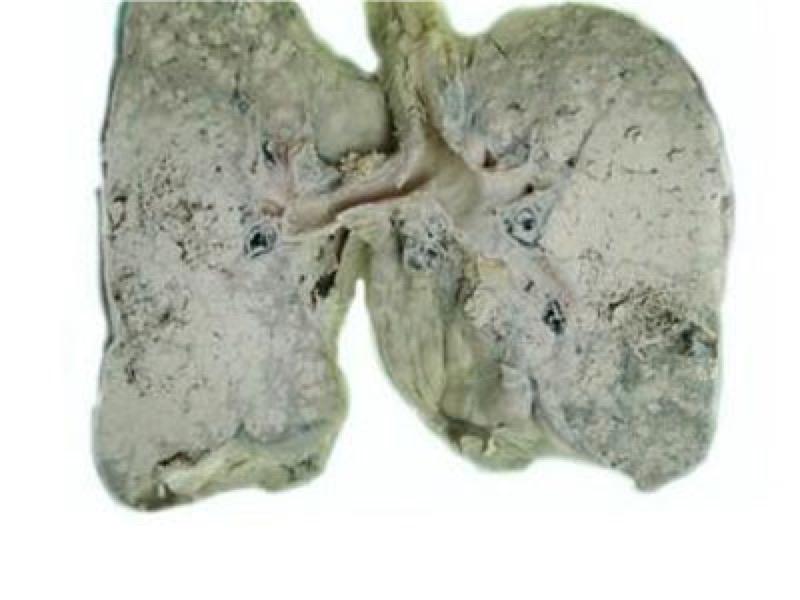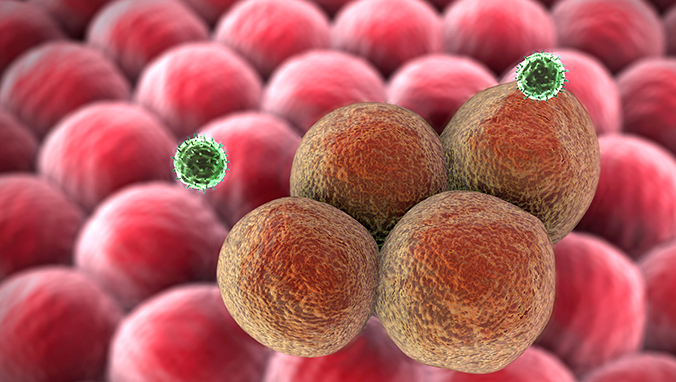Chemotherapy for non-small cell lung cancer
Non-small cell lung cancer (NSCLC) is the most common type of primary lung cancer. The principle of selecting chemotherapy regimens for advanced non-small cell lung cancer should be comprehensively considered based on the relationship between the patient''s condition (PS), safety, economic factors and other treatments (such as radiotherapy, etc.), try to extend the patient''s survival, improve the quality of life, and increase tolerance Receptive, what are the chemotherapy options for non-small cell lung cancer?

(1) Chemotherapy or chemotherapy+ Bevacizumab is suitable for advanced or recurrent NSCLC of PS 0-1, bevacizumab is applied to disease progression;
(2) Cetuximab + vinorelbine/cisplatin for PS 0- 1 patient;
(3) Erlotinib is suitable for first-line treatment of EGFR mutation-positive patients;
(4) Crizotinib is suitable for first-line treatment of ALK mutation-positive patients;
( 5) Cisplatin + pemetrexed compared with cisplatin + gemcitabine regimen has better efficacy and less toxicity in non-squamous cell carcinoma;
(6) Cisplatin + gemcitabine than cisplatin + culture Methexel regimen has better efficacy;
(7) First recommend a two-drug regimen, adding a cytotoxic drug (three-drug regimen) improves the efficiency, but cannot prolong survival;
(8) For PS 2 or elderly patients, single-agent or platinum-based combination chemotherapy can be selected;
(9) For locally advanced NSCLC, chemoradiation is better than single radiotherapy, and simultaneous chemoradiation is better than sequential application;
(10) DDP or carboplatin can be used in combination with any of the following chemotherapy drugs: paclitaxel, docetaxel, gemcitabine, vinorelbine, etoposide, vinblastine and pemetrexed塞;
(11) If there is data to prove that the non-platinum new drug combination program (eg: gemcitabine + docetaxel, gemcitabine + vinorelbine) has efficacy and tolerable toxicity, it can become a Alternative chemotherapy.
Lung cancer patients often experience loss of appetite, nausea, and vomiting after chemotherapy, mainly due to the toxin acting on the body during the growth and destruction of malignant tumors. At the same time, chemotherapy drugs can cause temporary taste changes and anorexia. For patients with severe reactions and long-term nutritional intake disorders, parenteral nutrition can be considered to improve the patient''s condition. At the same time, patients should be persuaded to encourage patients to eat. Adjust the diet structure according to the patient''s dietary preferences and medical needs. Fast foods that are spicy and difficult to digest.
Related Articles

- Early symptoms of lung cancer
- 2020-12-17

- Early Signs of Bladder Cancer
- What are the early symptoms of bladder cancer?
- 2020-12-17

- Is metastatic carcinoma easy to metastasize
- Once the cancer has metastasized, it will be very difficult to cure, because many people have lost their lives because of the emergence of cancer, so most people think that cancer is an un
- 2020-08-02

- What does microinfiltrating adenocarcinoma mean?
- Microinfiltrating adenocarcinoma is a type of lung cancer. The reason why it is called microinfiltration means that there is less infiltration around it, which means that it is in the early
- 2020-08-01

- How long can non-small cell adenocarcinoma live
- Adenocarcinoma is one of the most common malignant tumors in the world. Non-small cell adenocarcinoma accounts for about 80% of all adenocarcinomas. About 75% of patients are in the middle
- 2020-08-01

- Hand cancer
- Finger cancer generally refers to the appearance of skin cancer, which is characterized by local cauliflower-like skin and easy bleeding. Finger skin cancer is mostly a malignant tumor that
- 2020-08-01
